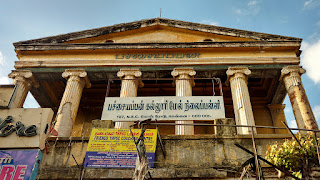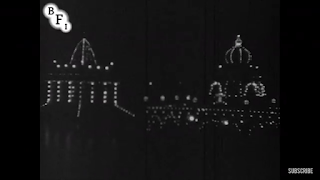Boatmen strike in Madras 1829

Flash Strike by Boatmen 1829 The Boatmen of Madras suddenly went on a flash strike demanding higher wages in June 1829. The boatmen of Madras owners of Masoola boats were important persons in the development of East India company trade in Madras and subsequent rule by them. Since Madras did not have a natural harbour the ships were anchored 2kms from the shores and the men and goods were transferred in Masoola boats by these men. As early as 1709 when Thomas Pitt left Madras there were around 200 boats each boat being sailed by 10 people. They were paid 6 fanams per trip and a maximum of three trips can be done a day. So each person was earning around 55 fanams ( 12 fanams = 1 rupee) a month which was less when compared to the hard work put by them. In order to put pressure on company officials they frequently went on flash strikes. A first hand report of one such flash strike in June 1829. Picture : J.B.East, London 1856

















